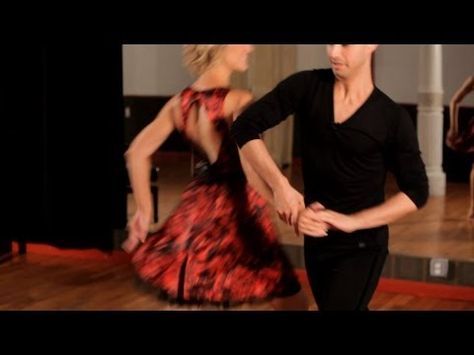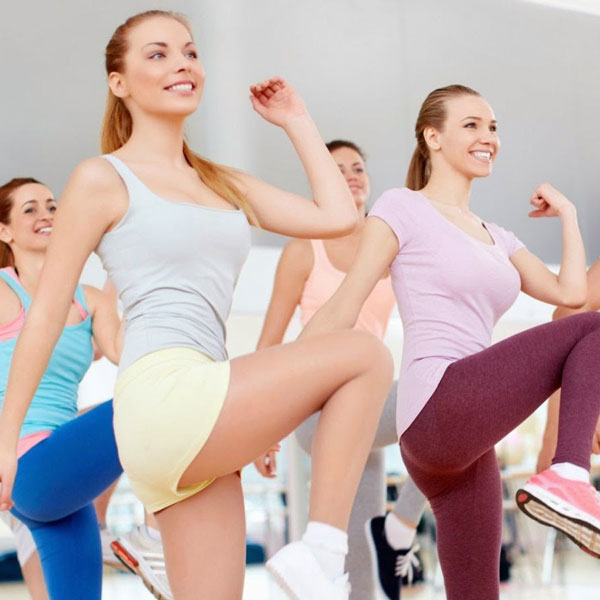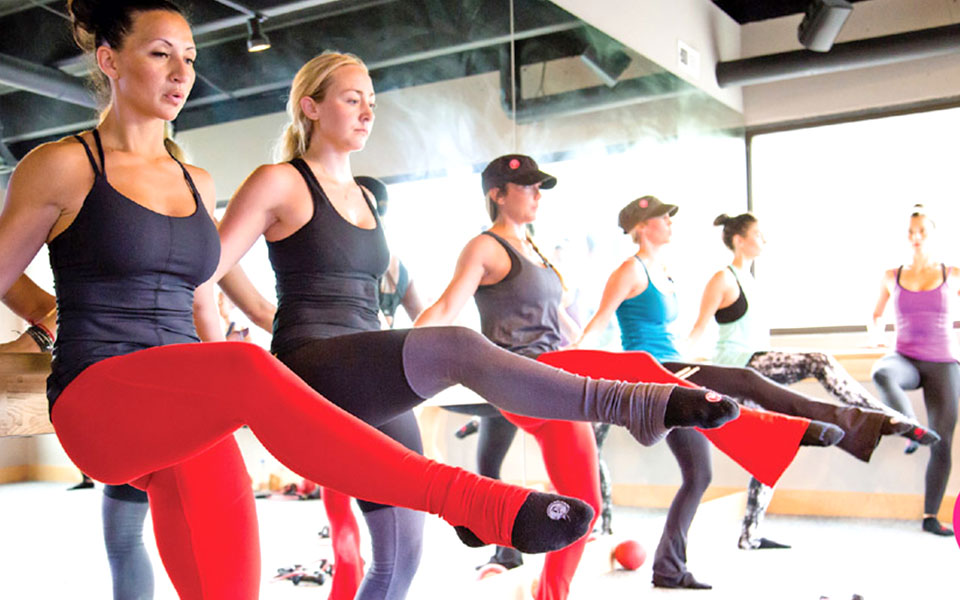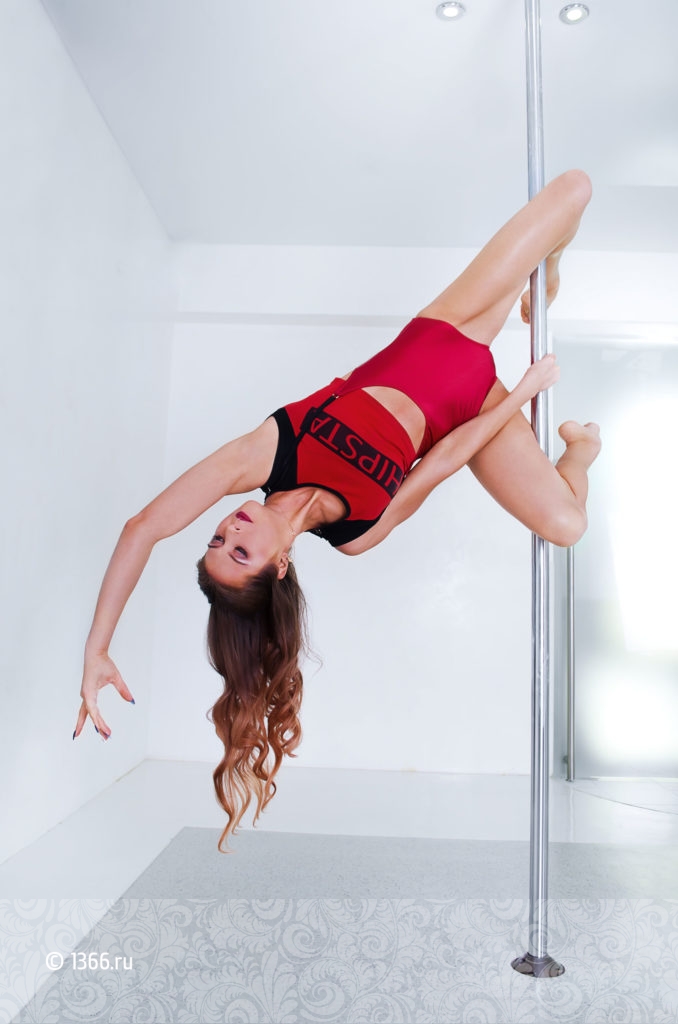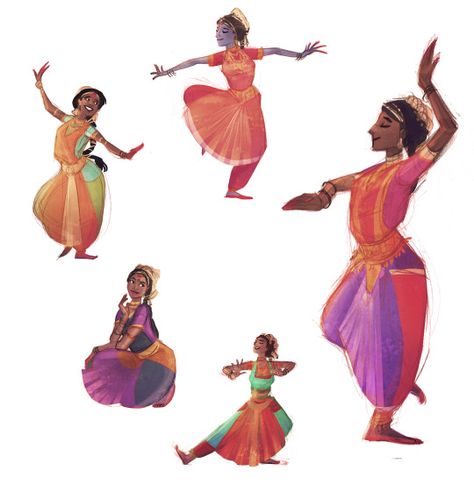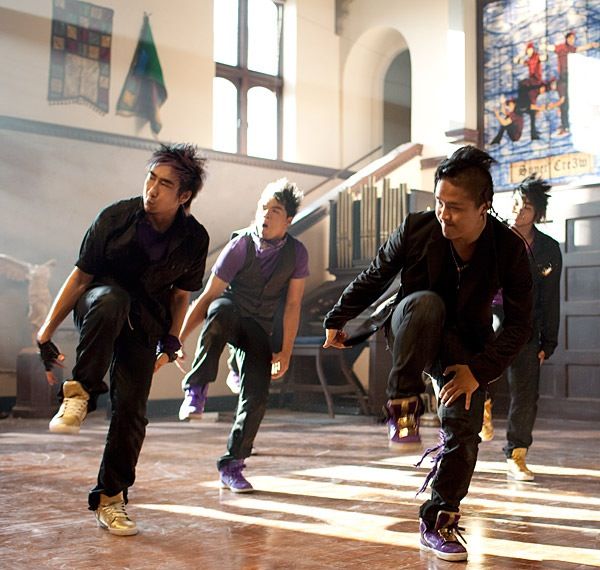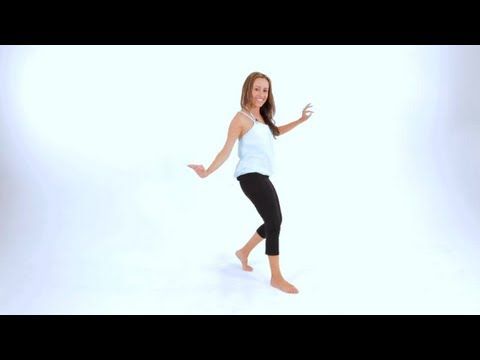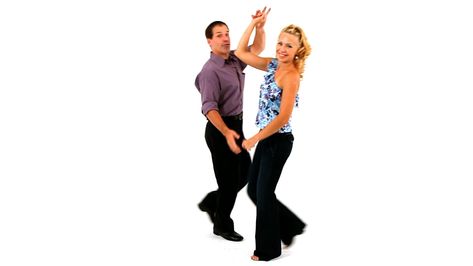How to do swing dance lifts
Lift – Country Swing AZ
Type Aerial, Combo, Lift, Flip (Handstand)
Level Advanced 7
Other Names Scissors
Comes From Open Position, Cuddle, Belt Loop Shadow Position, Inside Turn, Bread Basket,
Leads To Open Position, Open Position R-to-R,
In the Can Opener, the leader carries the follower, swings her leg over his neck, and flips her over to the other side. There are several versions including a hand stand and swing around. This aerial move looks more complicated than it is. All it requires is some trust and practice!
Continue reading “Can Opener” →
Type Lift, Dip
Level Advanced 7
Other Names The Bell, Rocking Chair
Comes From Crossed Arm Slide
Leads To R-to-R Open Position
Whether you consider this a dip, lift, or drop, the Gravedigger is a stunning move. The lead gets to lift and swing the follower like a shovel!
Continue reading “Gravedigger” →
Type Lift
Level Intermediate 6
Other Names
Comes From Open Position (Butterfly), Inside Turn,
Leads To Inside Turn
In this move, the leader slaps his thigh, follower hops onto the leader’s leg, then the leader launches her off. The follower can even choose to be launched into the air!
Continue reading “Knee Throw” →
Type Lift
Level Advanced 7
Other Names The Swan
Comes From Belt Loop Shadow Position
Leads To Basket, Carousel
This move rocks! The leader will hold the follower like a guitar in a graceful and impressive lift.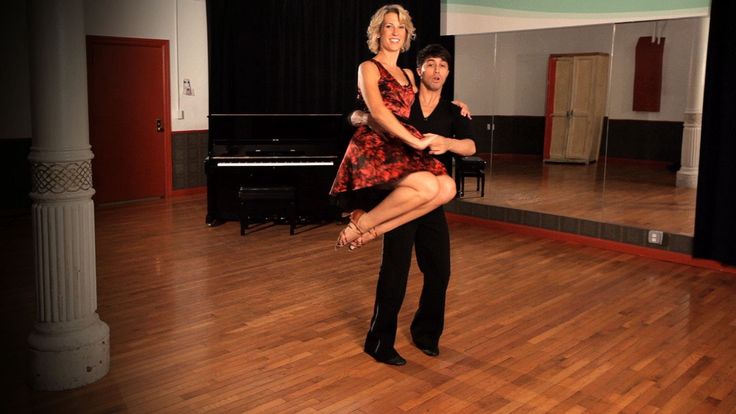 It’s easier than you might think.
It’s easier than you might think.
Continue reading “The Guitar” →
Type Aerial, Lift
Level Advanced 7
Comes From Open Position
Leads To Open Position
In the full combination of this move, the leader swings the follower from side to side, then holds her upside down above his head like a candlestick in its holder.
Continue reading “Candlestick” →
Type Dip, Lift (Variation)
Level Level 4 Intermediate
Other Names Hip Lift Dip, Air Dip
Comes From Spin Out, Open Facing, Inside Turn,
Leads To Push-off Spin, Sway Step,
This is a variation on the Basic Dip that looks impressive and especially great in photos!
Continue reading “Princess Dip” →
Type Lift
Level Level 4 Intermediate
Other Names Shinbuster
Comes From Triple Hip Combo, The Lean, Cuddle, Open Position, Spin Out
Leads To Inside Turn, Spin Out
In a Hip Lift, the follower hops up onto the leader’s leg near the hip, perched on her lower legs.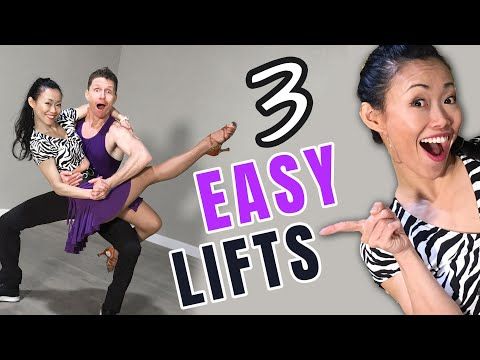
Continue reading “Hip Lift” →
Blog at WordPress.com.
Stunts
Basic Spin
Helicopter
Hesitation Spins
Tuck Turn
Ladie's Turn
Guys Turn
Cradle
Tunnel
Pretzel
Basic & Back-to-Back Kick Steps
Mop
Double Mop
Slide Through
Airplane
Reverse Airplane
Dishwasher Straddle
Dishwasher
Swiffer
Grasshopper
Knee Lift
Reverse Knee Lift
Layout Knee lift
Ballerina Lift
Fall Back Spin
Fireman's lift
Football Tackle Lift
Knee Lift Walkover
Front Walkover
Rainbow
reverse rainbow
(Running) Waltz Lift
Floatee
Running Mount
Swoosh
Veggie Dip
Windmill
Military Lift
Falling Angel
Iron Cross (Drop)
Star
Birdie
Birdie Roll down
Birdie Flip
Birdie Dip
Hanger Dip
Hanglider
Jungle Jim
Superman
Forearm Stand
Pop Over
Roll Down
Woohoo
Hey How You Doing Flip
Hey How You Doing Lift
Hey How You Doing Extension
Fruit Rollup
Swan Dive
Birdie
Birdie Roll down
Birdie Flip
Birdie Dip
Hanger Dip
Hanglider
Jungle Jim
Superman
Forearm Stand
Pop Over
Roll Down
Woohoo
Hey How You Doing Lift & Extension
Fruit Rollup
Swan Dive
Hip Spin
Hip Toss
(Pop-Up) Straddle
Side-to-Side Straddle
Suicide Straddle
Corkscrew
Backpack
Across the Back Roll
Cartwheel
Timpe/Wraparound
Tortimpe
Himpe
A League of Their Own
Forward Suicide Flip
Suicide Drop
Murder Drop
Hanger
Shallow Dip
Pendulum Dip
Spinny Dip
rainbow dip
Sexy Dip
Crazy Arm Dip
Memories Dip
Cradle Dip
Pop Dip
Deep Dip
Step Behind Deep Dip
Neck Dip
One Leg suicide straddle
Hair Sweep
The Nutcracker
Apples
Back Toss
Arm Toss
Torpedo
Casa Loma
Chicken Little
Pancake
Handstand Neck Spin
Forward/Backward Armtoss
Fireman's Toss
Tornado
Back-to-Back Toss
Sack of Potatoes
Barrel Roll
Jumprope
cupcake
Tan-Tar-A
Real Knee Lift Flip
Quick Flip
Knee Lift Flip
Straddle Flip
Deep Dip Flip
Lindy Flip
Mooknee Flip
Backspin
Christy Flip
Shoulder Flip
Over the Shoulder Deep Dip
Ankle Flip
Awesome Flip
Minion Flip
- About
- Officers and Instructors
- Stunts
- Calendar
- Music
- Social Media
- YouTube
- Contact Us
- Archive
Kettlebell SWING - EXERCISE TECHNIQUE, HOW TO LEARN CORRECTLY TO PERFORM KETTLEMENT SWING
Kettlebell Swing is the first exercise that should be mastered by a beginner kettlebell lifter, as it does not involve lifting above the head, as a result of which it does not involve lifting above the head much more difficult. Kettlebell swing is a partial snatch, so you will be doing it, at least as a warm-up, throughout all your kettlebell workouts. Kettlebell lifting, like weightlifting, compares favorably with bodybuilding and powerlifting in that each exercise is basic and multi-component, so you can learn the technique of performing each of them in stages. You break the exercise into several parts and work on each of them separately, which also allows you to work on your weak points.
Kettlebell swing is a partial snatch, so you will be doing it, at least as a warm-up, throughout all your kettlebell workouts. Kettlebell lifting, like weightlifting, compares favorably with bodybuilding and powerlifting in that each exercise is basic and multi-component, so you can learn the technique of performing each of them in stages. You break the exercise into several parts and work on each of them separately, which also allows you to work on your weak points.
Kettlebell Swing can be used even outside of specific kettlebell training, because the exercise is very effective in accelerating blood circulation, warming up the muscles, and promoting the production of synovial fluid in the joints. As you understand, a good warm-up is and is designed to prepare the body for further more intense loads. But in order to be able to include swings in a warm-up or workout, you need to learn how to control the kettlebell. To this end, you should temper your pride and take the smallest weight in the gym, most often it is 16kg, but if there is a children's 8kg weight in the gym, then you should use it. By the way, do not think that the kettlebell is an exclusively male projectile, it can and should be used by girls, so if your girlfriend is into fitness, be sure to accustom her to the kettlebell!
By the way, do not think that the kettlebell is an exclusively male projectile, it can and should be used by girls, so if your girlfriend is into fitness, be sure to accustom her to the kettlebell!
The fact is that kettlebell exercises involve postural muscle layers, which is due to the fact that the kettlebell has a displaced center of gravity, therefore, in order to maintain balance, the body has to use all muscle groups. The main load, of course, falls on the superficial muscle layers, but only those muscles that are directly involved in the exercise, and the body uses postural muscles to stabilize the skeleton, which are designed for this. Is this reason enough to include kettlebell swings in your training routine? Yes, if you want to stay young and increase your strengths!
Work of muscles and joints
During swings with kettlebell, almost all muscle groups receive the load, but the main part of it is taken by the legs, shoulders and back.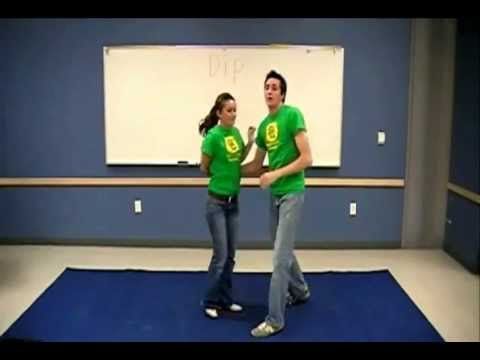 As you understand, the coordination of the work of all these muscle masses requires a developed neuromuscular connection , therefore, adapting to kettlebell exercises, you also increase your strength indicators in other classic powerlifting or bodybuilding exercises. On the other hand, since postural muscle layers are involved, the body is forced to oxidize subcutaneous fat in order to provide energy to slow muscle fibers, of which, for the most part, postural arrays are composed.
As you understand, the coordination of the work of all these muscle masses requires a developed neuromuscular connection , therefore, adapting to kettlebell exercises, you also increase your strength indicators in other classic powerlifting or bodybuilding exercises. On the other hand, since postural muscle layers are involved, the body is forced to oxidize subcutaneous fat in order to provide energy to slow muscle fibers, of which, for the most part, postural arrays are composed.
It goes without saying that the basic multi-component exercise involves many joints and ligaments, but special attention should be paid to the spine and hand. Of course, swings with a kettlebell do not load the spine so much, since the athlete does not lift the kettlebell above his head, but it is important to learn how to keep your back in the correct position, correctly take the kettlebell on your chest, otherwise in more complex, especially competitive movements, you risk injury.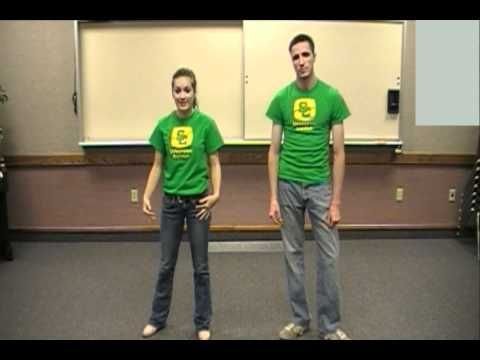 The position of the hand and the strength of the forearm, in general, play one of the key roles in kettlebell lifting, since it is the position of the hand that allows you to correctly or not take the weight and squeeze it over your head. In no case do not relax and “throw” the brush.
The position of the hand and the strength of the forearm, in general, play one of the key roles in kettlebell lifting, since it is the position of the hand that allows you to correctly or not take the weight and squeeze it over your head. In no case do not relax and “throw” the brush.
Kettlebell Swings - Technique
1) Stand next to the kettlebell with your feet slightly wider than shoulder width apart, with the kettlebell between your legs, one foot beyond the line of your toes.
2) Sit down and lean down a little, moreover, just squat and lean down a little, and not lean down and sit down a little.
3) Grasp the kettlebell with your working hand in a closed grip and stand up with your leg straightened a little, leaving your back still bent forward.
4) When you pick the kettlebell off the floor, it will begin to move back by inertia, there is no need to prevent this, it is necessary to start interacting with the projectile at the moment when it freezes before swinging to the front, this is where the athlete gives it momentum, stretching your legs and back.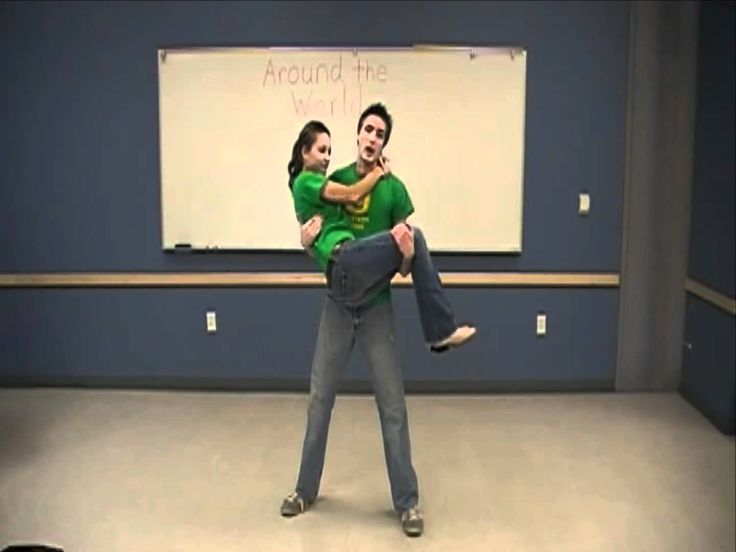
5) Having brought the hand with the kettlebell to the level of the chest, before it should go down by inertia, you must release it for a moment and take it with the other hand, and then, lowering the hand down, crouch a little and lean forward to repeat the pendulum movement again.
Kettlebell Swings - Notes
1) If you find it hard to catch the kettlebell while hanging, then you should swing with one hand for the first time. Then put the weight on the floor and perform the same number of repetitions with the second hand.
2) Begin any kettlebell exercise with a weak arm so that both arms are loaded evenly.
3) Muscle failure should not be achieved during kettlebell exercises, but it is necessary to observe the progression of loads, so try to gradually increase the number of repetitions, reduce the rest time and strive to take a larger kettlebell.
4) Perform the exercise barefoot or in flat shoes, but not flip-flops or sneakers or shoes with heels.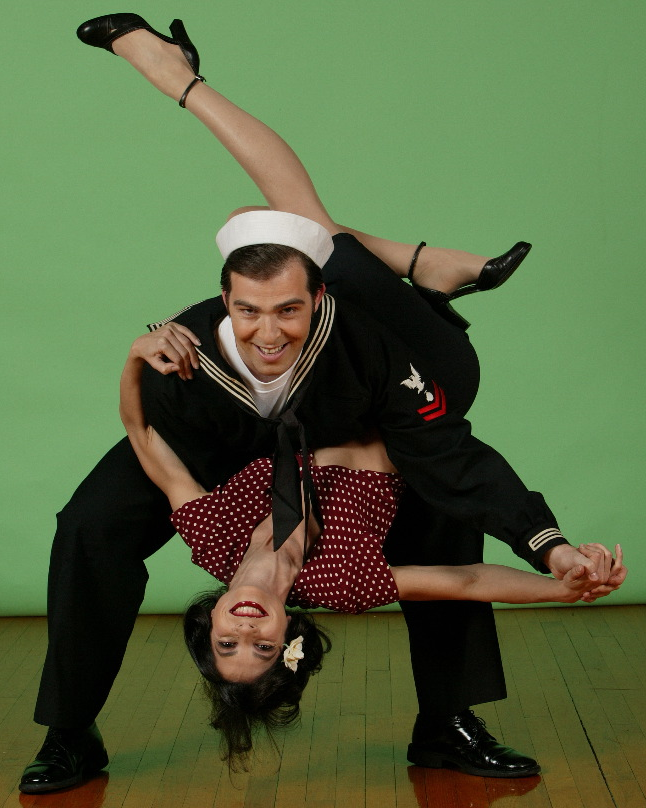
5) Learn to breathe correctly: while exhaling, lifts the weight off the floor, inhale while it moves back by inertia, exhale when you lift it up, inhale again when you lower it down.
Anatomy
The human muscular constitution is represented by postural and superficial muscle layers, which fundamentally distinguish between the number of fast and slow fibers. There are many more fast fibers in the surface layers, so they provide hard work, like barbell squats. There are more slow fibers in the deep muscle layers, since the postural muscles provide an even position of the skeleton in space and perform light work. That is why there are more myofibrils in fast fibers, and more mitochondria in slow fibers, since the first organism provides energy with anaerobic glycolysis, and the second with aerobic.
Due to the fact that the kettlebell has a displaced center of gravity, the body is forced to include not only fast fibers, but also slow ones, just to keep the body in a level position.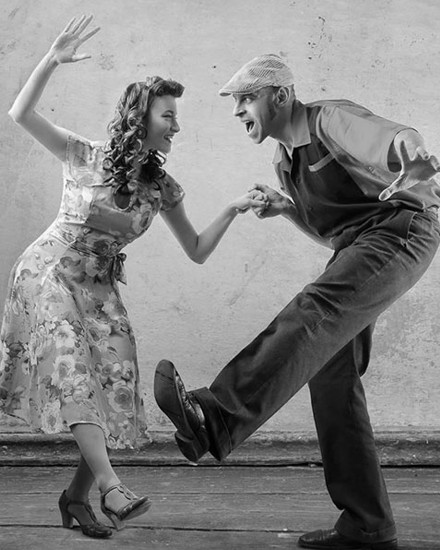 It is this fact that allows you to quickly lose weight and develop strength indicators by performing exercises with kettlebells. At the same time, it is precisely because of this displaced center of gravity and the simultaneous involvement of all muscle groups that you should learn to perform exercises with kettlebells gradually, and it is worth starting training with swings! More complex exercises like the snatch and clean and jerk should only be moved on after you learn how to control the kettlebell and how to breathe properly.
It is this fact that allows you to quickly lose weight and develop strength indicators by performing exercises with kettlebells. At the same time, it is precisely because of this displaced center of gravity and the simultaneous involvement of all muscle groups that you should learn to perform exercises with kettlebells gradually, and it is worth starting training with swings! More complex exercises like the snatch and clean and jerk should only be moved on after you learn how to control the kettlebell and how to breathe properly.
Bodybuilding Workouts
Swings: First Kettlebell Exercise
We already have a lot of information on kettlebells in the community, but I think it's never a bad idea to go back to basics and remember the basics. For kettlebells, this is definitely 2-handed swings.
If you suddenly had to choose only one exercise from the kettlebell arsenal, then it would certainly be swings with a kettlebell . Fast and dynamic - they leave no one indifferent.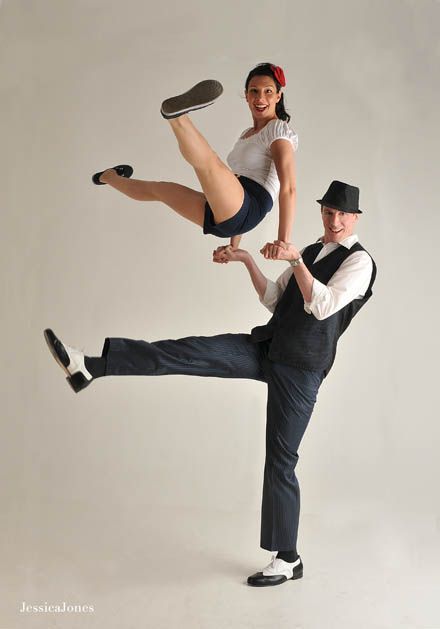 For many people, they become "love at first sight." And indeed there are reasons for this. For those who are losing weight - high energy consumption, comparable to running. For those looking for performance and functionality, swings improve vertical jump performance and develop the "posterior chain" of muscles responsible for powerful, athletic movements. For those who want to form a figure, the muscles of the legs, buttocks and abs actively work in swings. Whatever your goal is, kettlebell swings are sure to help you achieve it.
For many people, they become "love at first sight." And indeed there are reasons for this. For those who are losing weight - high energy consumption, comparable to running. For those looking for performance and functionality, swings improve vertical jump performance and develop the "posterior chain" of muscles responsible for powerful, athletic movements. For those who want to form a figure, the muscles of the legs, buttocks and abs actively work in swings. Whatever your goal is, kettlebell swings are sure to help you achieve it.
You need to start training with the basic version - with swings with two hands . If you understand them well, then all subsequent movements, such as one-arm swings, sit-ups, high-pulls and snatches, will be easy to master. After all, they have one basis - swings with two hands.
With the help of the arrows drawn on the photo of my model from the book "Kettlebells. New Fitness" - fitness enthusiast Natasha, it will be easier to understand the key points in the exercise technique.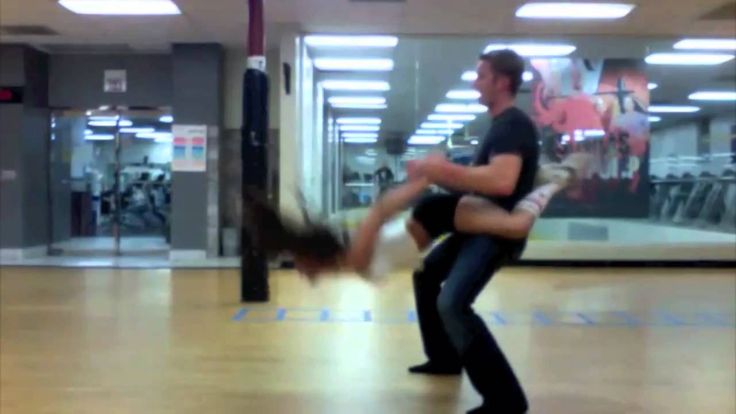
Let's start with how to start moving correctly. Place the kettlebell between your legs or slightly in front of you. The legs are slightly wider than the shoulders. Push your pelvis back, keeping your spine in a neutral position, and grasp the temple with your hands. At the same time, the lower leg moves minimally and the knee does not extend beyond the toe line.
Swing between the legs, keeping the back in a neutral position. In the swing, the forearms touch the inner surface of the thighs. Pay attention to the height of the “passage” of the kettlebell. Her trajectory goes to the knees or above - I drew a parallel yellow line to emphasize this. If the kettlebell goes lower, then it's just a waste of energy. In general, the movement of the kettlebell in swings is more in the forward-backward direction than in the up-down direction.
Next, while exhaling, straighten up, pushing the weight to chest level with a powerful effort of the hips.